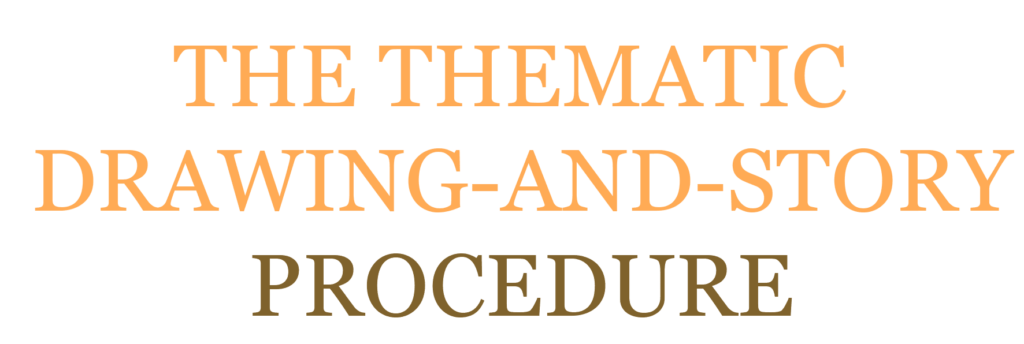SAES, D. S. Adolescentes infratores: um estudo compreensivo [Adolescent Olffenders: a comprehensive study]. Master’s Dissertation – Instituto de Psicologia da USP. São Paulo (SP), 2003.
Available on: http://www.teses.usp.br/teses/disponiveis/47/47133/tde-01062012-154753/en.php
We do believe in the very necessary contribution of the present study, which aims at adolescents’ psyche understanding that is in conflict with Law by means of an understanding model of Psychodiagnosis. In order to try to understand the emotional experience of each person concerning his uniqueness and to evaluate the importance of this study in establishing interventional and preventing strategies our reflection has been started with questions related to Psychodiagnosis that have remodeled its historical construction, which started the basis to Understanding Psychodiagnosis. We have made a research of psychoanalytic theories referring to authors that are references in this kind of psychology, such as Freud, Melanie Klein and Winnicott and through those authors we have searched for a psychoanalytic clarification about delinquent behavior. We have tried to understand the phenomenon of adolescence by approaching biological, cultural, social and psychological aspects and crossed these ones to delinquency by means of the latest nationwide research, which are important contributions to our reality. We have brought the history of young delinquent assistance in Brazil in order to place us historically and understand the locus in which the study will occur. The research has analyzed eight adolescents whose ages ranged from 14 to 16 years old, who had been accomplishing Assisted Freedom for Robbery from January to August of 2003. The accomplishment of Psychodiagnosis happened due to their insertion into psychotherapeutic follow-up performed by author _ a research psychologist working in a non-governmental entity united to FEBEM-SP. We have interviewed adolescents and, as possible, their responsible people and also used projection techniques: Desiderative Questionnaire and Drawing-and-Story Procedure. Psychodiagnosis has been accomplished through an understanding point, in which we have searched an overview of data that have been obtained and interpreted based on Psychoanalytic Theory. Making use of only our collected material during the psychodiagnosis process we could realize its importance by understanding the infraction inside the historical constitution of each person as well as the search of its uniqueness and establishment of suitable measures to conduct each case.

